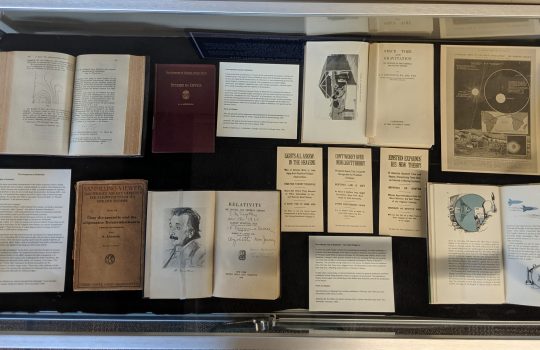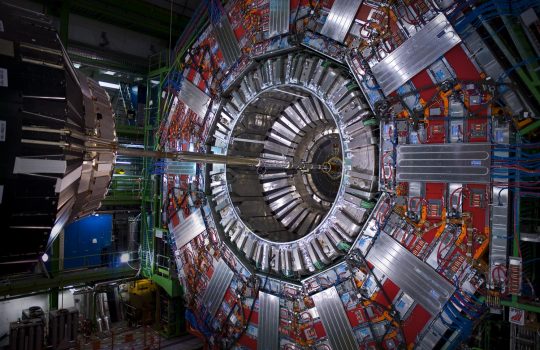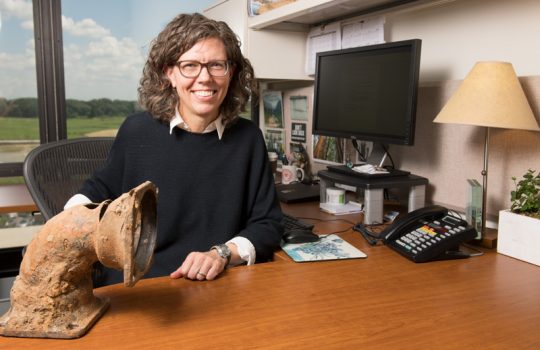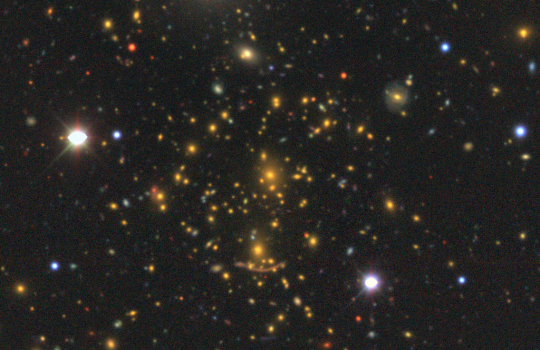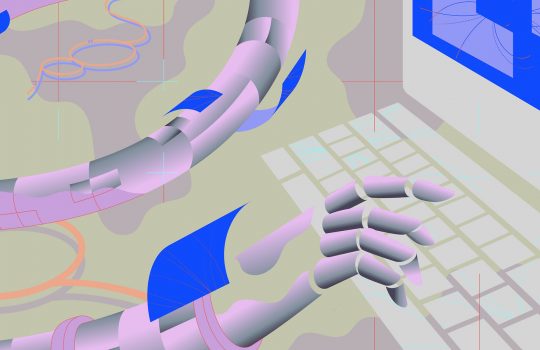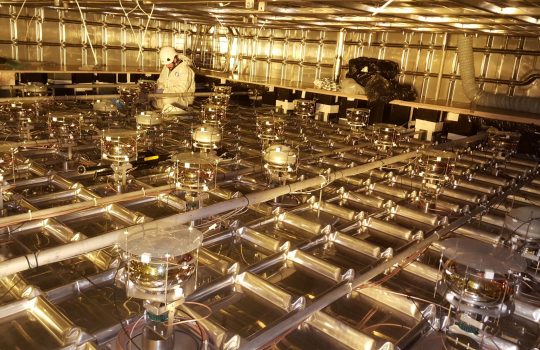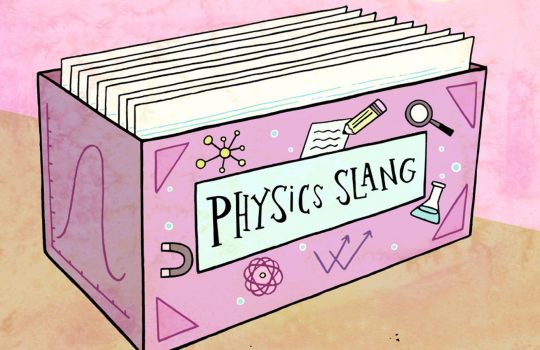Exhibit on relativity on display at Fermilab through September
If you’ve ever wondered what it was like to learn about the mind-bending concept of relativity when it first made a splash in public consciousness, come to Fermilab’s latest history exhibit. See works written by Einstein and read the public response to his groundbreaking theory.

